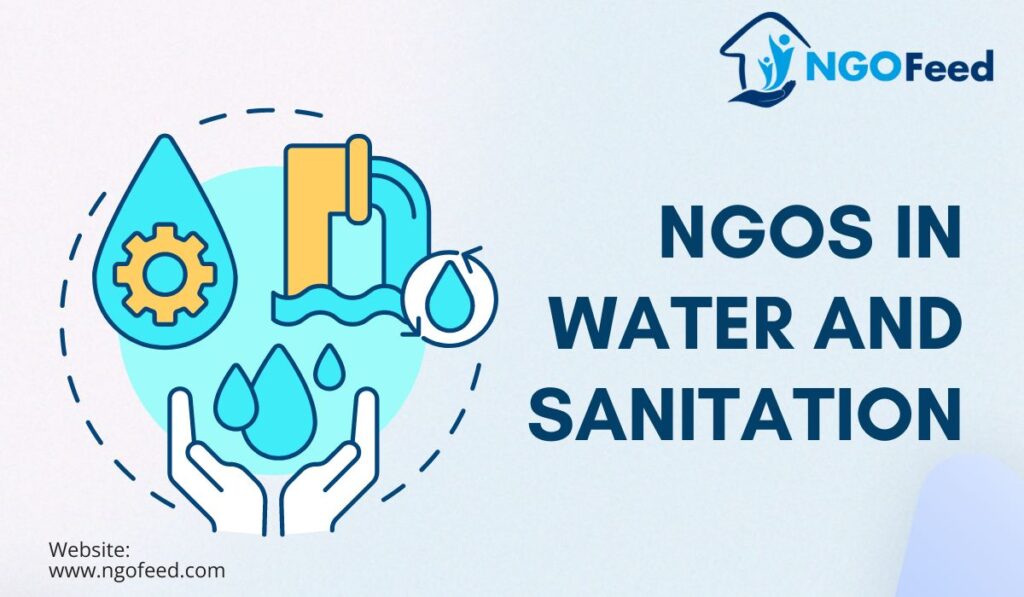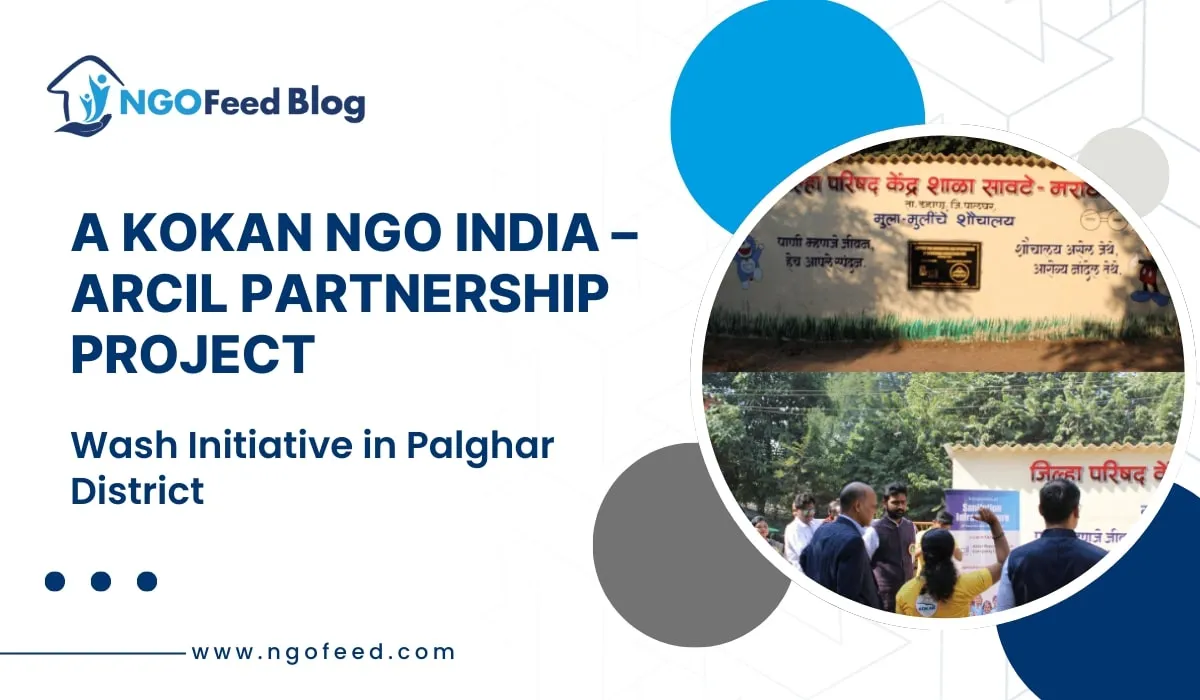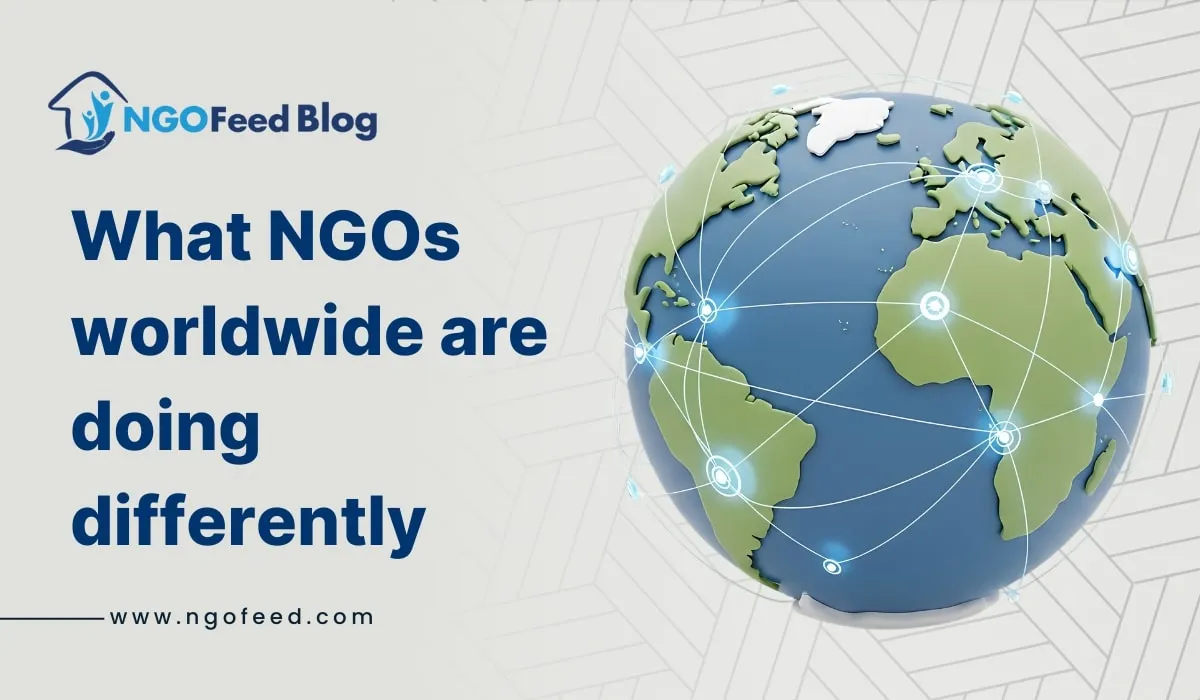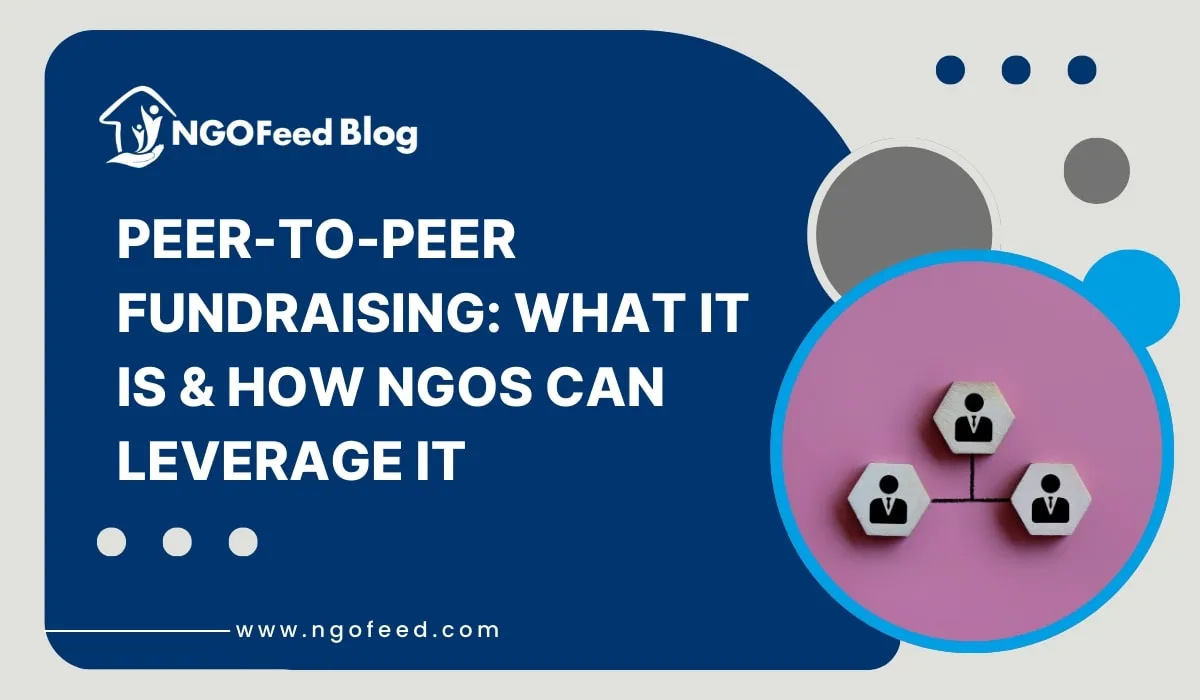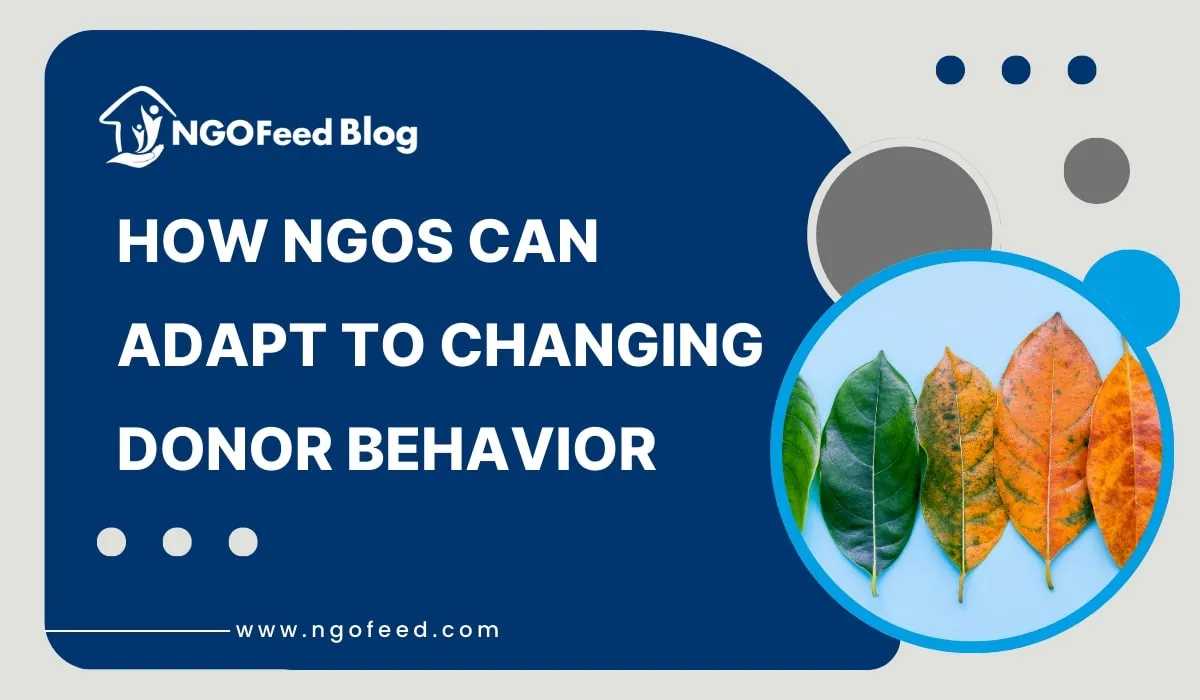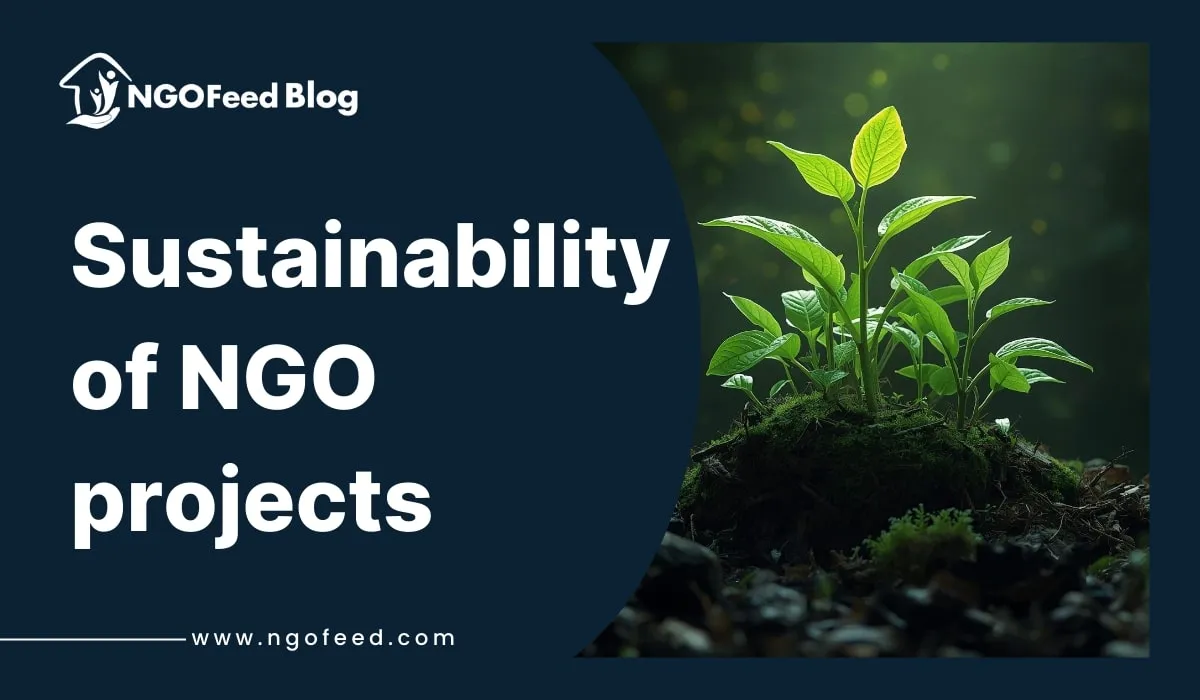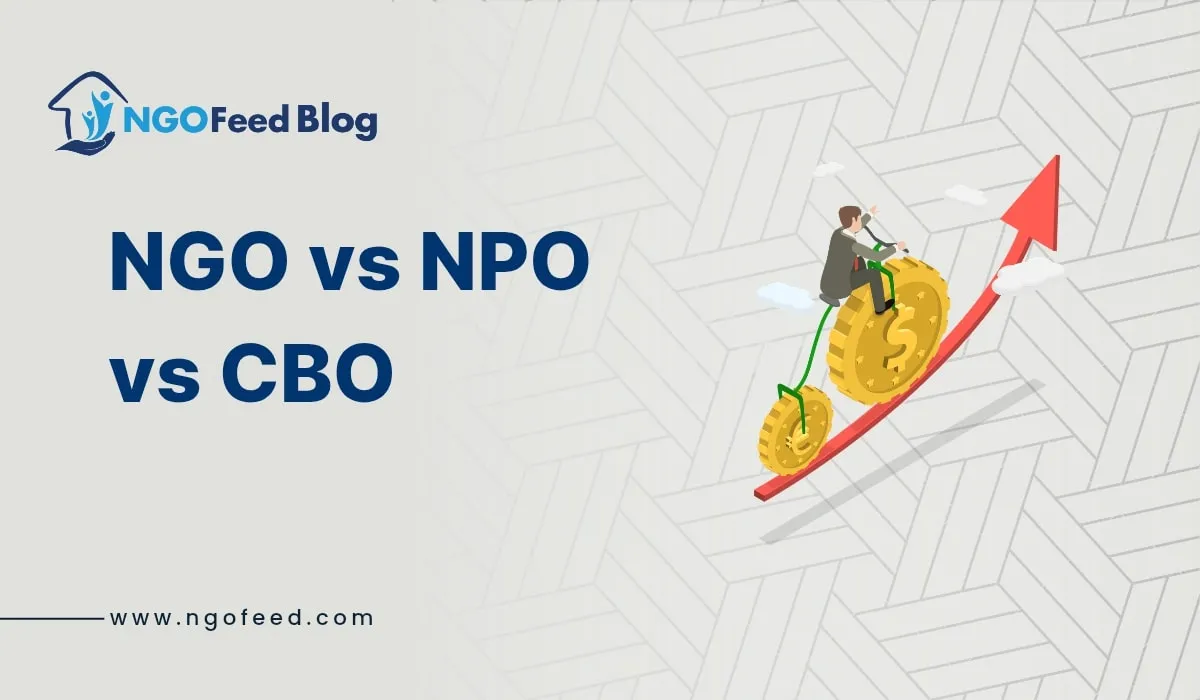NGOs in Water and Sanitation: Our Earth contains 70% of water which ought to be sufficient for the growth of each human life form. Out of which around 2.2 billion people worldwide do not have access to safely managed drinking water services, and 4.2 billion people lack access to safely managed sanitation services.
Clean water and sanitation are essential for human health, well-being, and prosperity.
But this question might strike you often as to what is clean water and how crucial is the working of NGOs in water and sanitation.
Table of Contents
Clean Water: A Life-Saving Necessity
Generally, clean water is referred to as water that is pure and protected for drinking. Safe water must be cost-free from all types of germs and pathogens that are major sources of diseases that might further lead to death. Access to clean water and adequate sanitation facilities is a basic human right and a fundamental necessity for sustainable development. Yet, billions of people around the world still lack access to these basic resources, leading to severe health, environmental, and economic consequences.
Evidence suggests that improving service levels towards safely managed drinking water or sanitation such as regulated piped water or connections to sewers with wastewater treatment can dramatically improve health by reducing diarrhoeal disease deaths.
Sanitation: Protecting Health and Dignity
Proper sanitation is another essential component of human rights. Adequate sanitation facilities, such as toilets and sewage systems, are critical for maintaining personal hygiene and protecting human dignity. The absence of these facilities not only poses health risks but also infringes upon the privacy and dignity of individuals, particularly women and girls.
Lack of access to sanitation facilities often leads to open defecation, which can contaminate water sources and contribute to the spread of diseases. Moreover, women and girls are disproportionately affected by inadequate sanitation facilities, as they face risks to their safety and dignity when they lack access to safe and private toilets.
Also Read: Role of WHO in Healthcare
Can We Survive a Day Without Water? For Some, It’s an Everyday Reality
In the land of plenty, where turning on the tap is as routine as a morning coffee, it’s easy to take water for granted. But on October 19th, the ninth annual “Imagine a Day Without Water” served as a stark reminder of how precious and precarious our water resources can be, even in a first-world country like America. It reminded us of the reality that two million Americans are lacking access to safe water and sanitation services in their daily lives.
Some Remarkable Facts
- Unfortunately, cities immediately pour almost three-quarters of untreated sewage into the Ganges River, which provides water to about 400 million people in the surrounding area. The “Namami Genge initiative”, which was approved by the Government, has resulted in the operation of 75 sewage treatment plants, a river surface cleaning action plan, and a desire to clean up the river from significant pollution.
- In India, open defecation and communicable waterborne sickness are major concerns. Water is linked to 21% of ailments. Around 99 million people lack access to safe drinking water, and 500 children in India die every day from diarrheal diseases before reaching their fifth year on the planet.
- In India, the capability to provide sanitation is harmed by vulnerability to seasonal fluctuations. Water treatment plants in low-lying basins must shut down during the monsoon season to avoid flash floods and power outages, and some water-scarce villages will only use the toilets during this time. As a result, when drought strikes on a regular basis, settlements are unable to maintain a sustainable water supply.
Also Read: Role of NGOs in Water Conservation
- Water supply is the foundation of the sanitation systems, however, in both urban and rural regions, the network is insufficient. Villages in rural areas are draining dangerous subsurface water for daily use, while poor water management in cities is increasing the risk of a water crisis.
- According to estimates, about 2 billion people consume water that has been tainted with faeces.Despite the fact that 2.1 billion people have gotten access to basic sanitation facilities. Since 2000, 2.4 billion people still do not have access to basic sanitation. As of 2017 almost 673 million people continue to defecate in the open. As of 2017, 163 million Indians lacked access to safe drinking water, while 210 million lacked proper sanitation.
- According to the “NITI Aayog”, 75% of homes do not have access to drinking water on their premises, while 84 percent of rural households do not have access to piped water.
Also Read: Role of NGOs in Conservation and Biodiversity Protection
Critical Role Of New Technologies
New technologies offer promising solutions to the growing global water scarcity crisis, which threatens to surpass supply by 40% by 2030 and jeopardise Sustainable Development Goal 6 (SDG 6). Experts like Sucharit Koontanakulvong emphasise the potential of advanced systems like drones, earth observation tools, and smart metering to improve water management, disaster prediction, and system efficiency.
Scaling these innovations, while tailoring solutions to local conditions, is crucial. Enrique Cabrera stresses the need for open digital tools, capacity-building, and international frameworks to maximise the impact of these technologies in achieving SDG 6.
The Human Right to Clean Water and Sanitation
The United Nations General Assembly recognized the human right to clean water and sanitation in 2010 when it passed a resolution affirming that access to clean drinking water and sanitation is essential for the realisation of all human rights. This historic declaration emphasised that clean water and sanitation are interconnected with other human rights, such as the right to life, health, food, and dignity.
The human right to clean water and sanitation implies several key principles:
1. Non-discrimination: Access to clean water and sanitation should be available to all without discrimination, ensuring that vulnerable and marginalised groups are not left behind.
2. Availability: Governments and institutions have an obligation to make clean water and sanitation services available and accessible to everyone, especially in rural and underserved areas.
3. Quality: Water and sanitation services should meet minimum quality standards to ensure the health and well-being of individuals.
Also Read: Role of NGOs in Disaster Management
4. Affordability: Services must be affordable for all, and measures should be taken to prevent water privatisation from depriving people of access to these essential services.
5. Participation: Communities and individuals should be involved in decisions related to water and sanitation, ensuring that their needs and preferences are considered.
With the support of NGOs in India, the Indian government has invested major resources in recent years to combat the issues of poor sanitation and mitigate health issues. However, many still do not have appropriate toilets at their homes and many simply do not have any other option than to use public spaces as toilets, putting their health at risk.
Some NGOs that work in Water and Sanitation
To support communities living on the margins of Indian society, NGOs – from local to global- are implementing programmes to provide people with dignified access to toilets and clean water. Here are 4 great NGOs working to provide people in India with dignity.
Sankalpa Rural Development Society
This water conservation NGO in India has been promoting rainwater harvesting techniques through bore well recharge, and rooftop rainwater harvesting for well over a decade now. Founded by Sikandar Meeranaik, an entrepreneur in modern-day rainwater harvesting, SRDS believes that following its water harvesting methods could cause no water scarcity in India.
Theorganisation’s direct bore-well recharge technique combines common rainwater harvesting practices with innovative practices to replenish groundwater tables and aquifers with naturally filtered rainwater. Borewells recharged using its technique have seen increased water levels. Rooftop water harvesting is another method through which this NGO is inspiring many to conserve water.
Also Read: Role of NGO in Tribal Development
Water.org
Water.org is working globally to bring sanitation and water to people in need. It was founded 30 years ago by Matt Damon and Gary White, pioneers in market-driven financial solutions to the global water crisis. They are present in Africa, Asia, and Latin America and so far, have helped more than 51 million people who now have access to sanitation and safe water at their homes.
The NGO has been present in India since 2004 and it has empowered more than 20.8 million people, who now have access to sanitation and safe water through water credit solution, a model which Water.org originally launched in India.
Swades Foundation
It believes that it is every individual’s right to receive safe and sanitised drinking water. This NGO working towards the conservation of water bodies in Maharashtra aims at ensuring that every family in its geography receives their share of 200 litres of water per day through taps and pipes, in addition to other basic facilities such as sanitation, healthcare and livelihood.
Also Read: Role of NGOs in Mental Health
Apart from domestic uses, water is also required for agricultural purposes. The organisation says that they have taken up small tributaries and constructed check dams in order to conserve water for domestic and agricultural purposes. The water thus conserved is supplied to the agricultural lands through modern-age technology.

